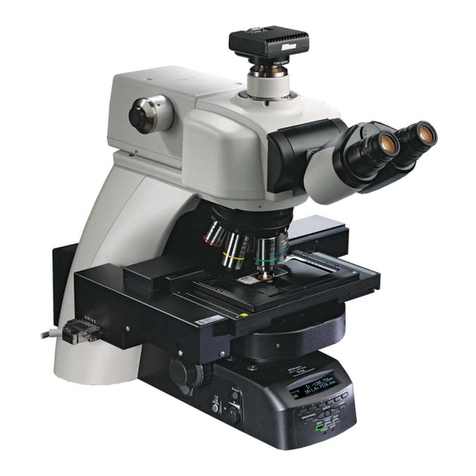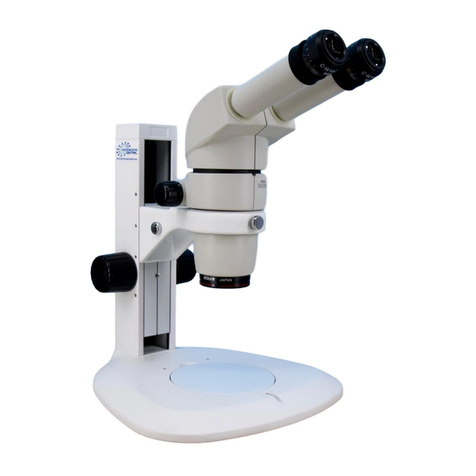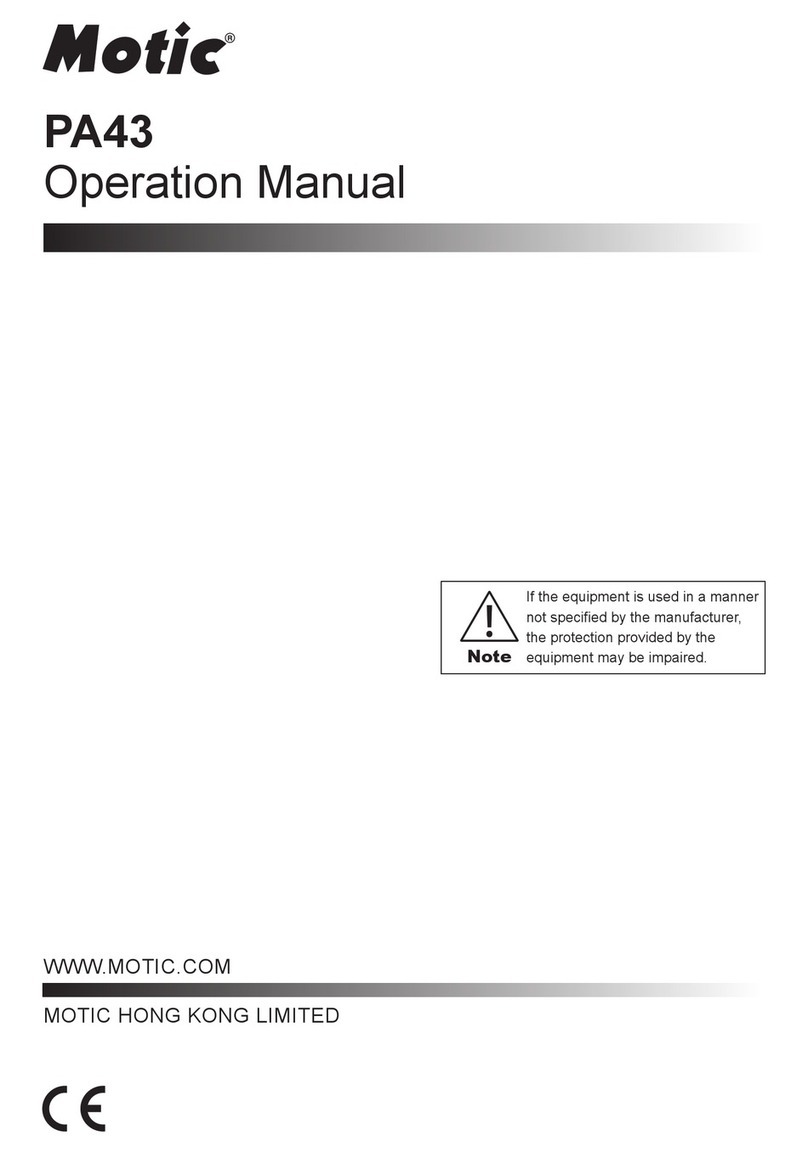Nikon S-kt User manual
Other Nikon Microscope manuals
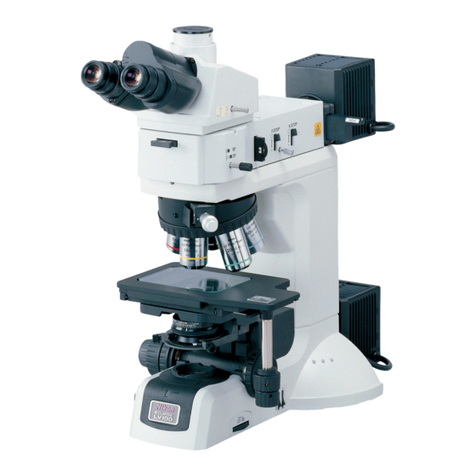
Nikon
Nikon Eclipse LV100DA-U User manual
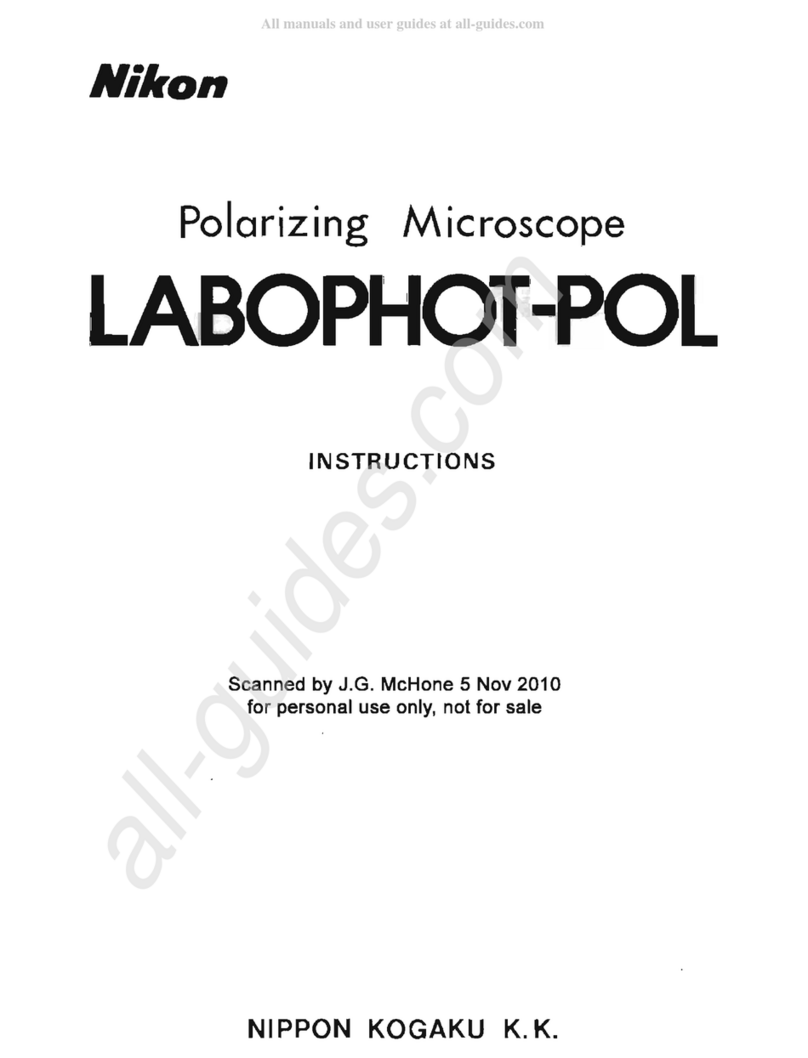
Nikon
Nikon LABOPHC-POL User manual

Nikon
Nikon SMZ745T User manual

Nikon
Nikon ECLIPSE Ni-E User manual
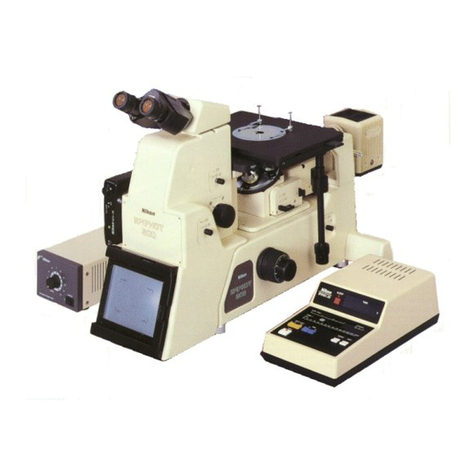
Nikon
Nikon Epiphot 300 User manual

Nikon
Nikon ECLIPSE Ni-E User manual
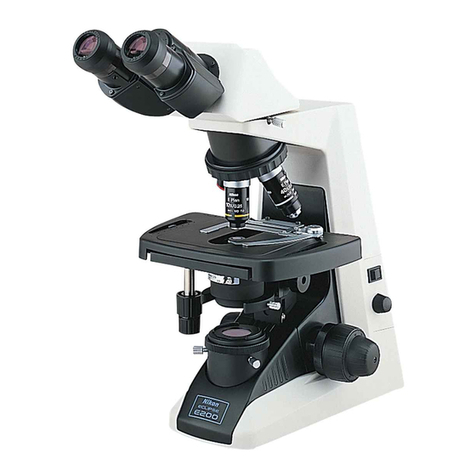
Nikon
Nikon eclipse E200 User manual

Nikon
Nikon N-STORM User manual
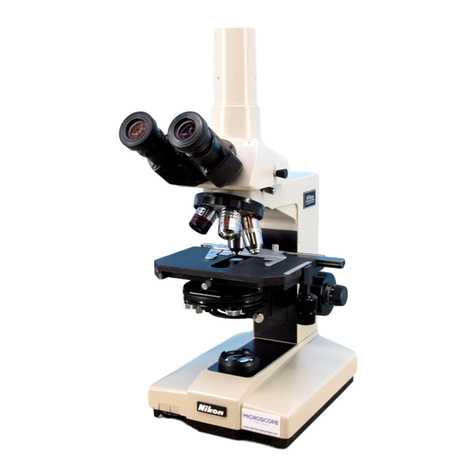
Nikon
Nikon Labophot User manual

Nikon
Nikon Eclipse TE200 User manual
Nikon
Nikon LABOPHOT-POL User manual
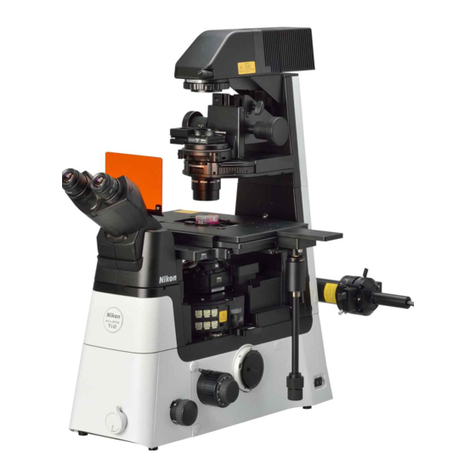
Nikon
Nikon ECLIPSE Ti2-U User manual
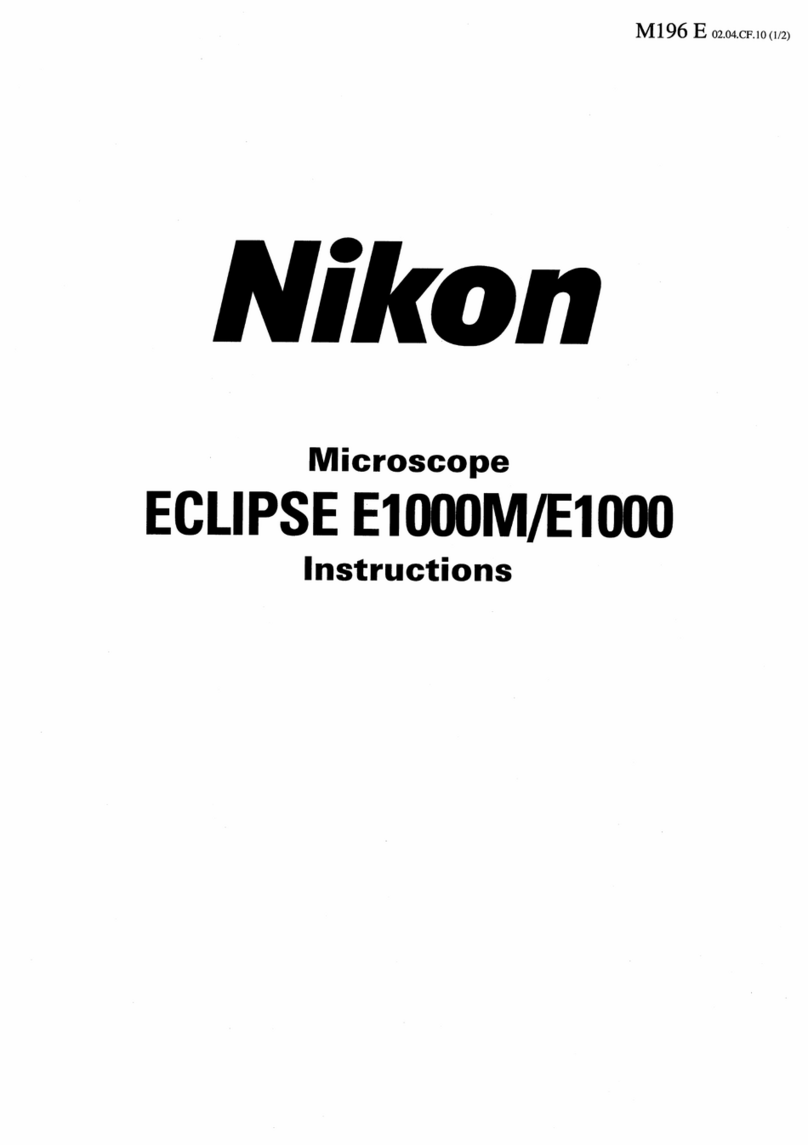
Nikon
Nikon Eclipse E1000M User manual
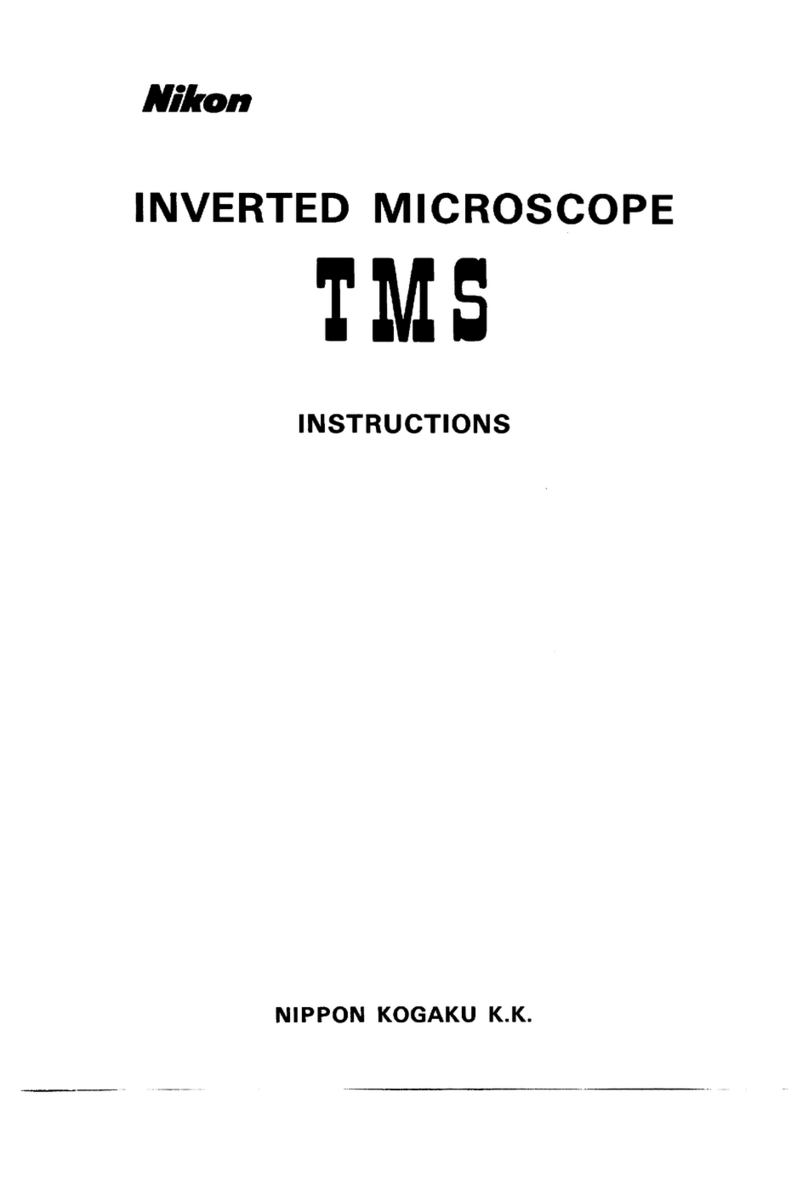
Nikon
Nikon TSM User manual
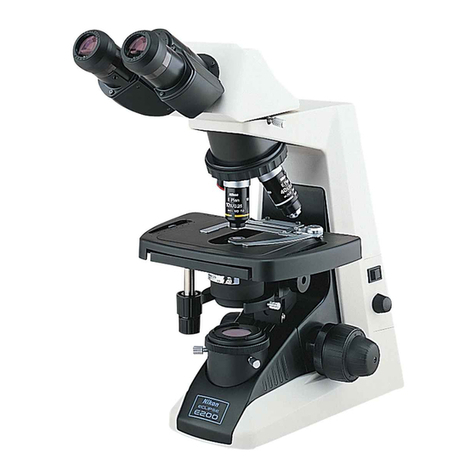
Nikon
Nikon ECLIPSE E200 MV Series User manual
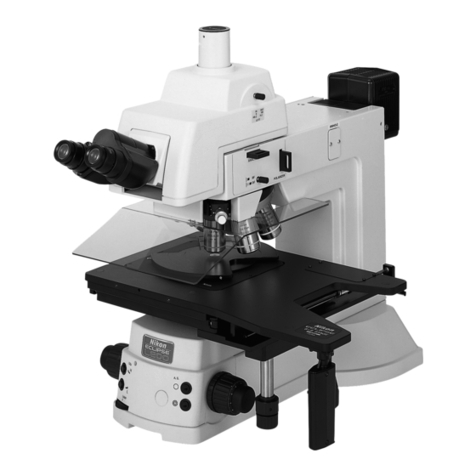
Nikon
Nikon ECLIPSE L200ND / ECLIPSE L200N User manual
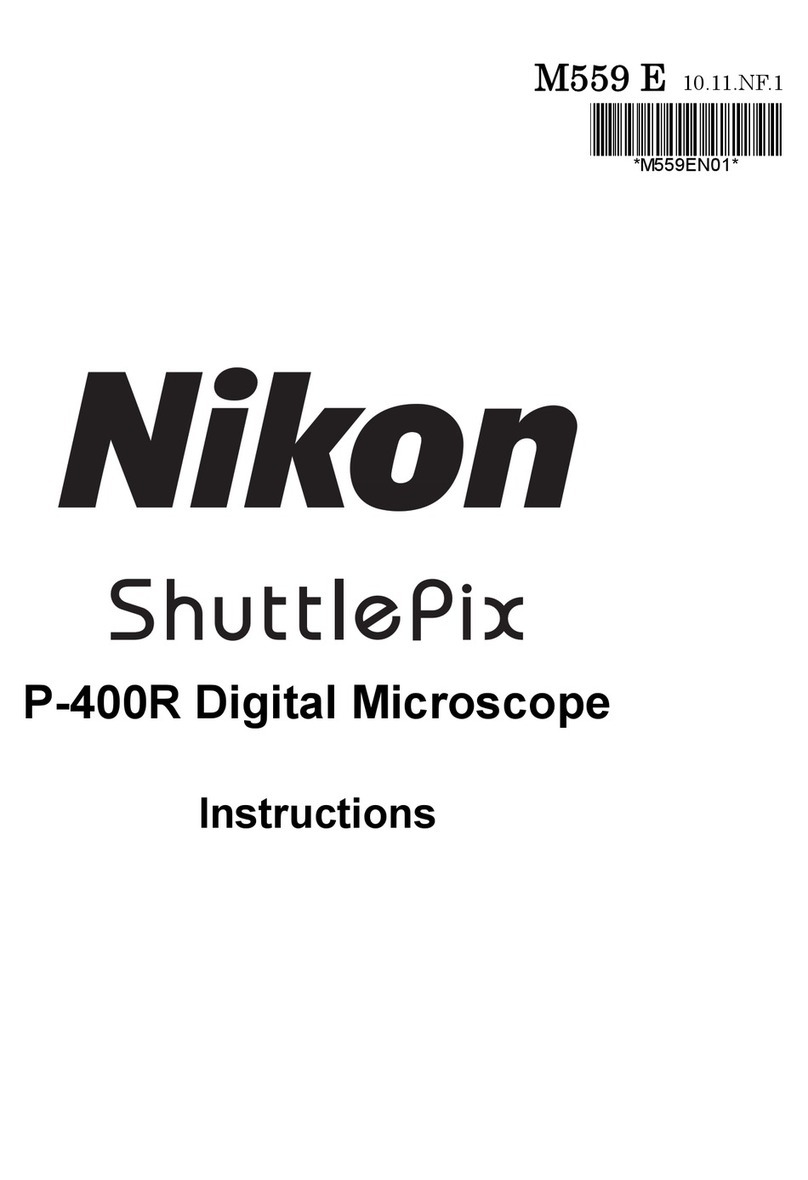
Nikon
Nikon P-400R User manual
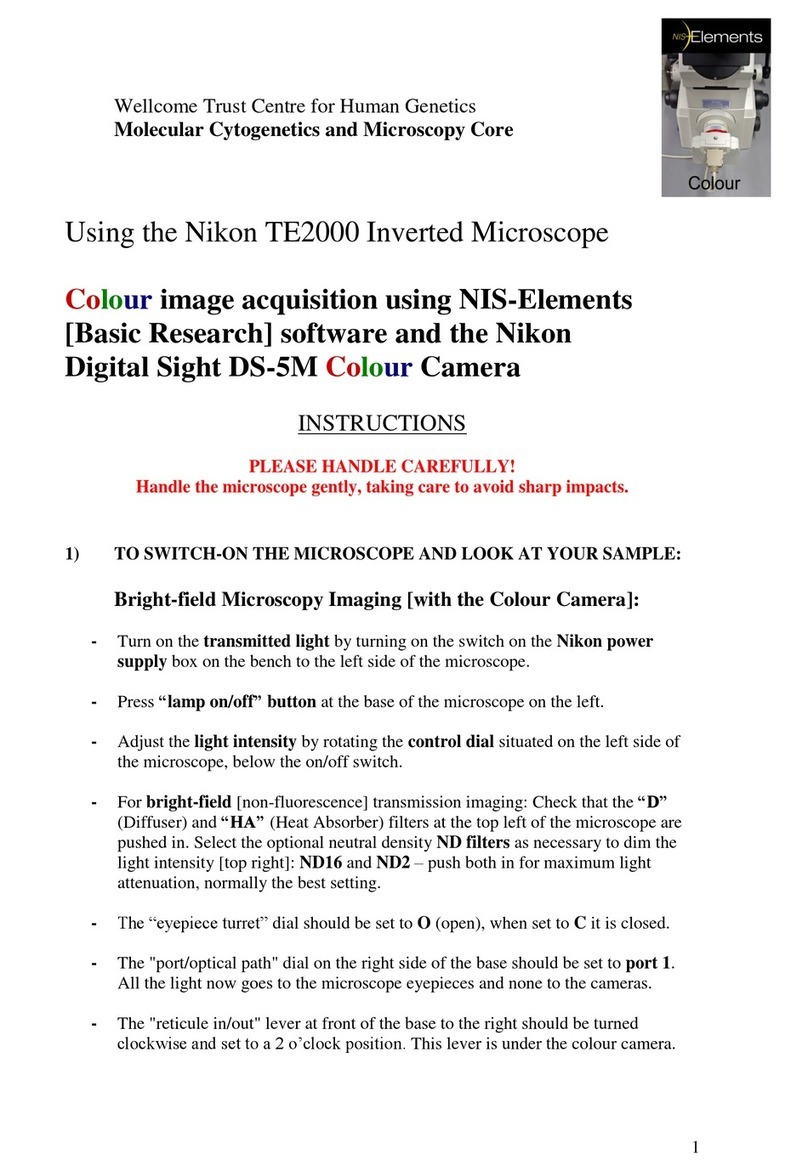
Nikon
Nikon Elcipse TE2000 User manual
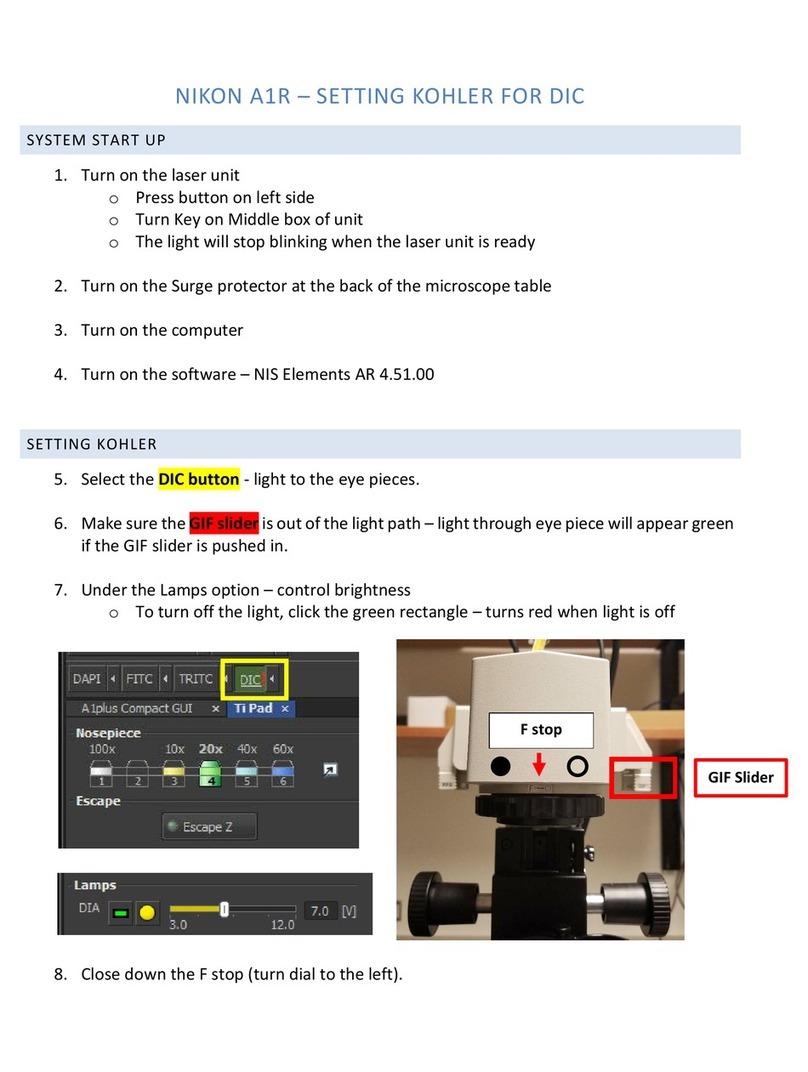
Nikon
Nikon A1R Series Service manual

Nikon
Nikon Optiphot 66 User manual


